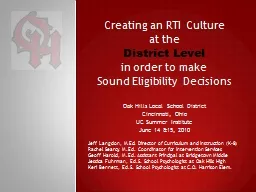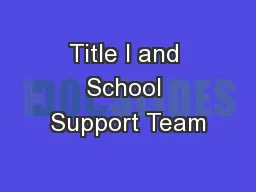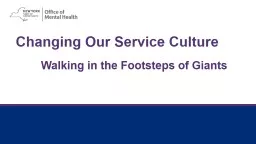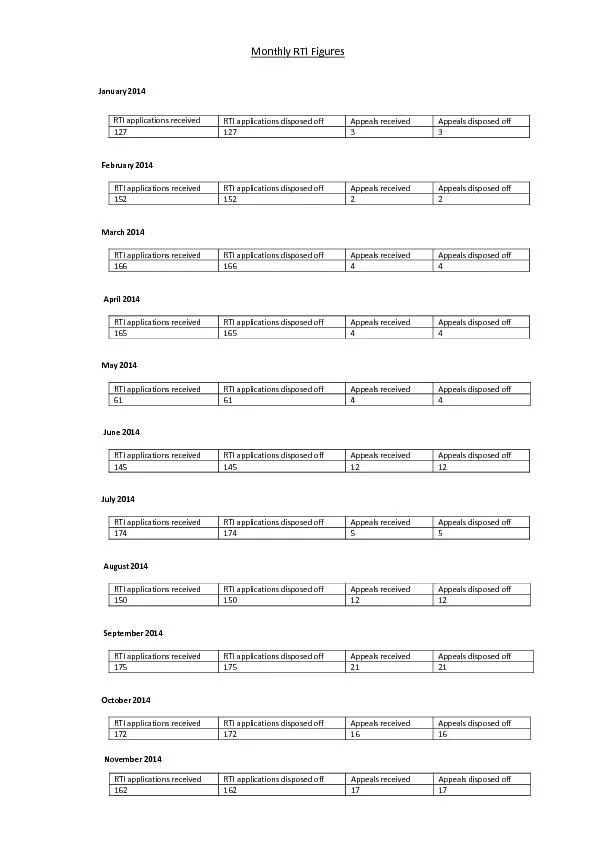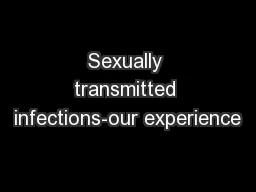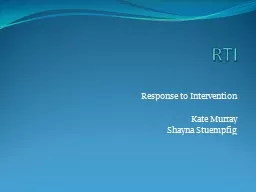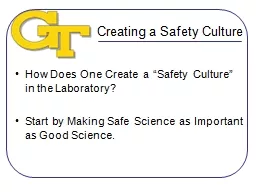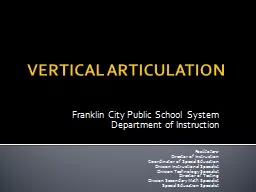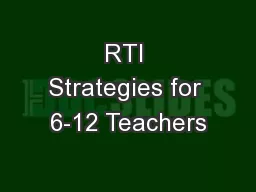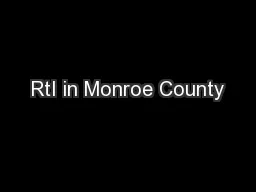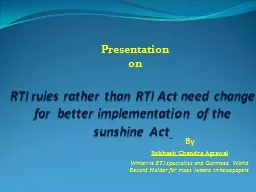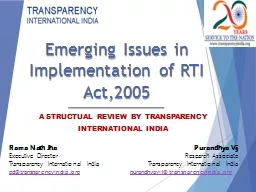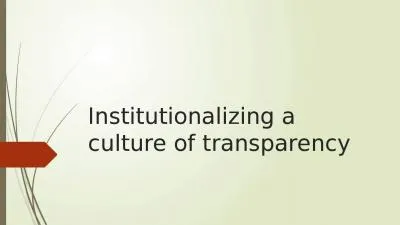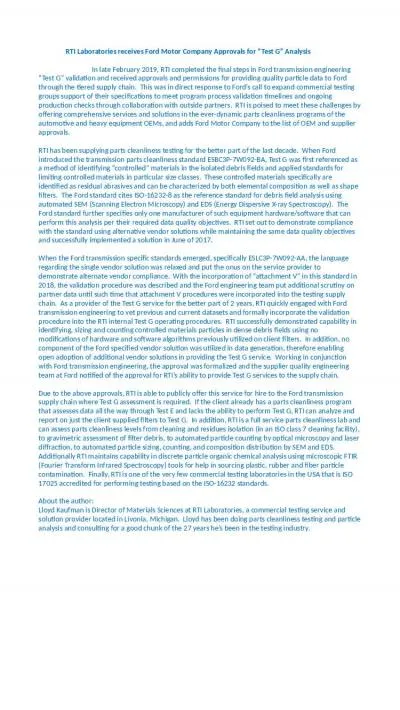PPT-Creating an RTI Culture
Author : faustina-dinatale | Published Date : 2018-03-11
at the District Level in order to make Sound Eligibility Decisions Oak Hills Local School District Cincinnati Ohio UC Summer Institute June 14 amp15 2010 Jeff
Presentation Embed Code
Download Presentation
Download Presentation The PPT/PDF document "Creating an RTI Culture" is the property of its rightful owner. Permission is granted to download and print the materials on this website for personal, non-commercial use only, and to display it on your personal computer provided you do not modify the materials and that you retain all copyright notices contained in the materials. By downloading content from our website, you accept the terms of this agreement.
Creating an RTI Culture: Transcript
Download Rules Of Document
"Creating an RTI Culture"The content belongs to its owner. You may download and print it for personal use, without modification, and keep all copyright notices. By downloading, you agree to these terms.
Related Documents

